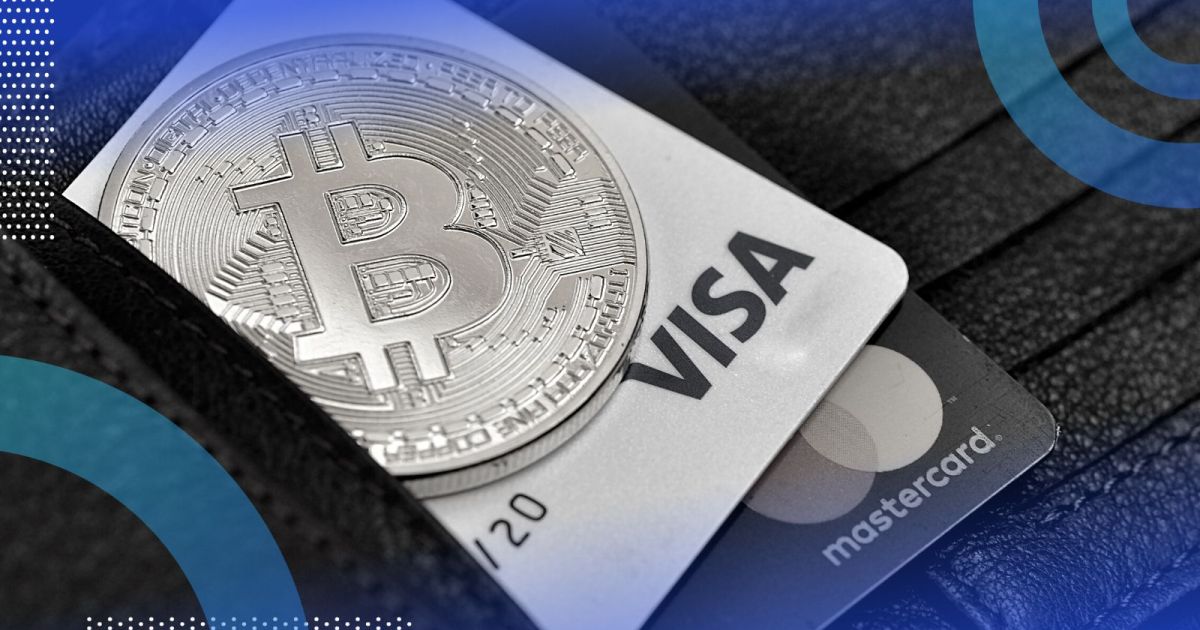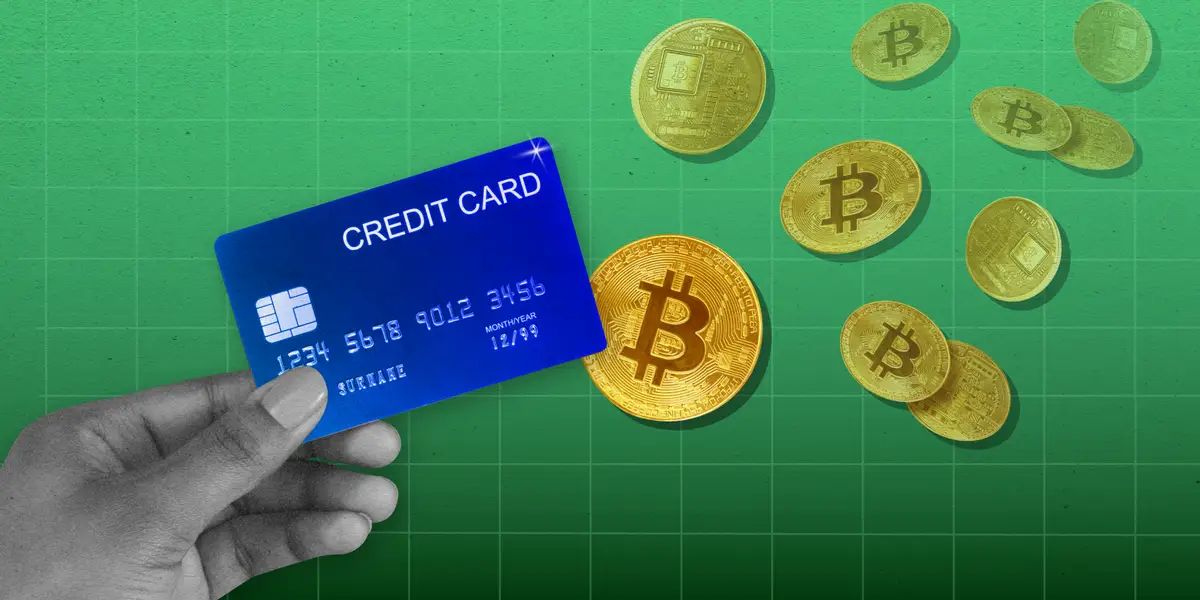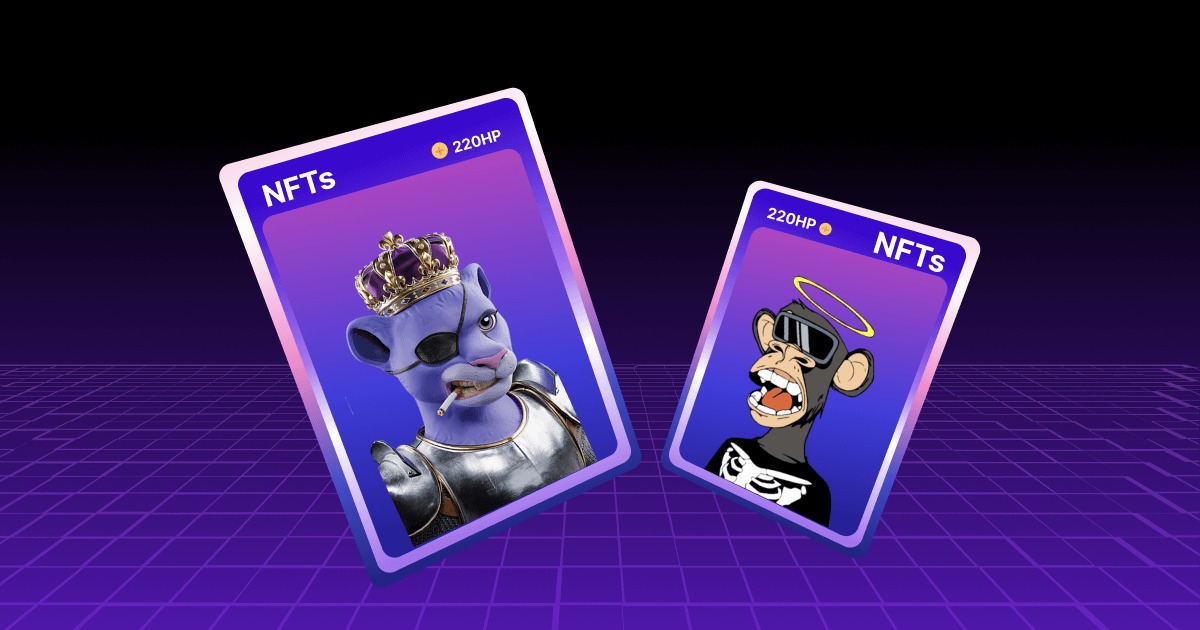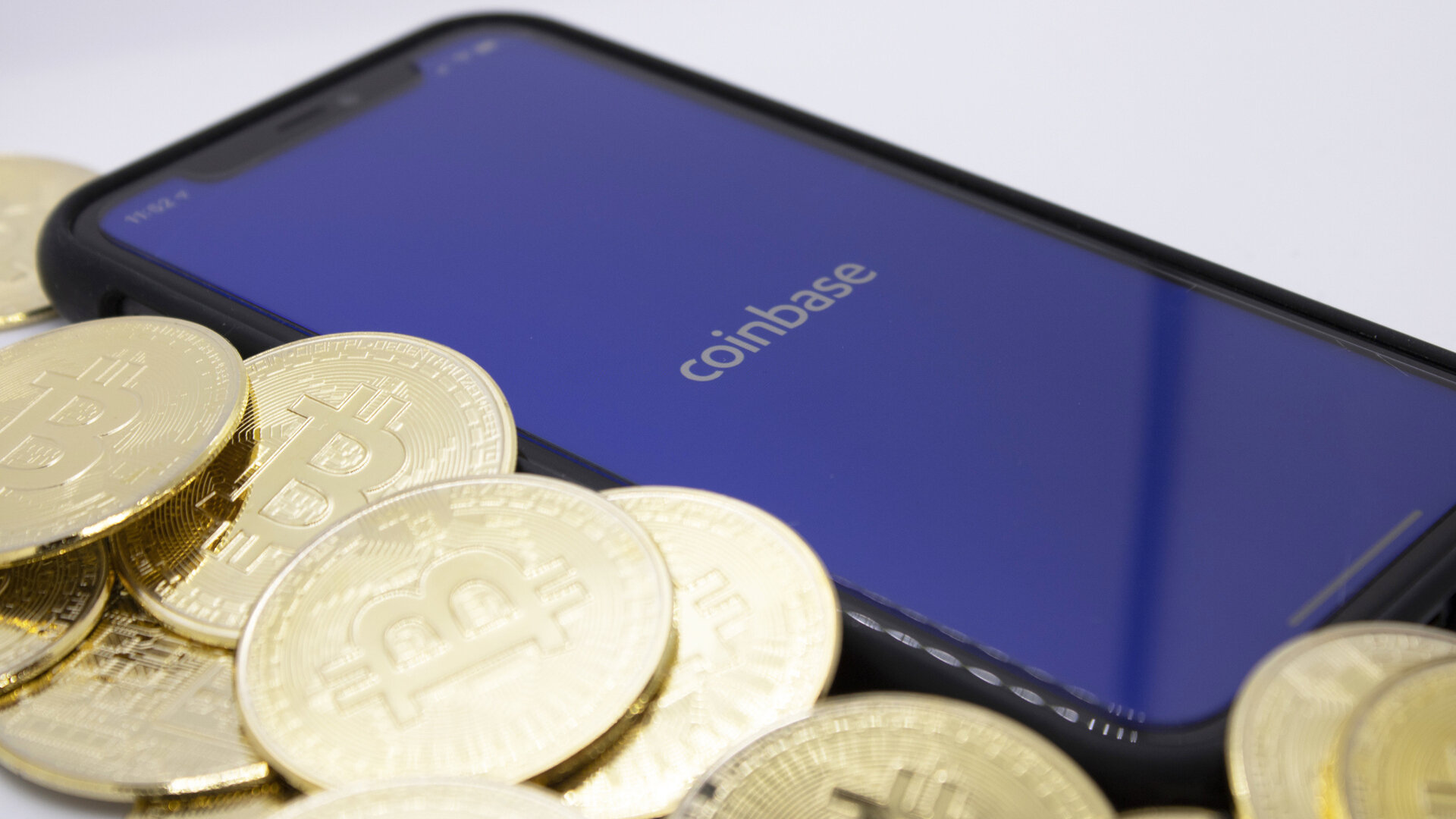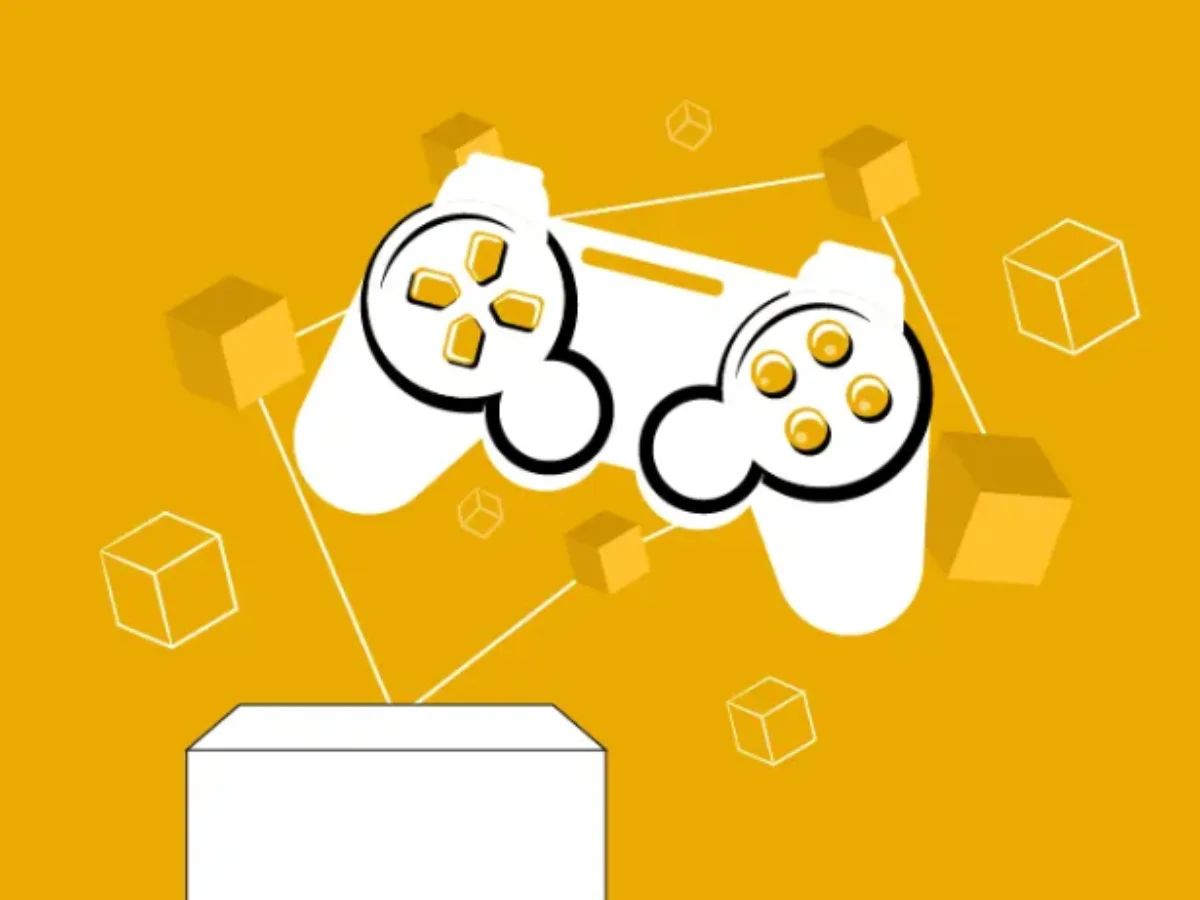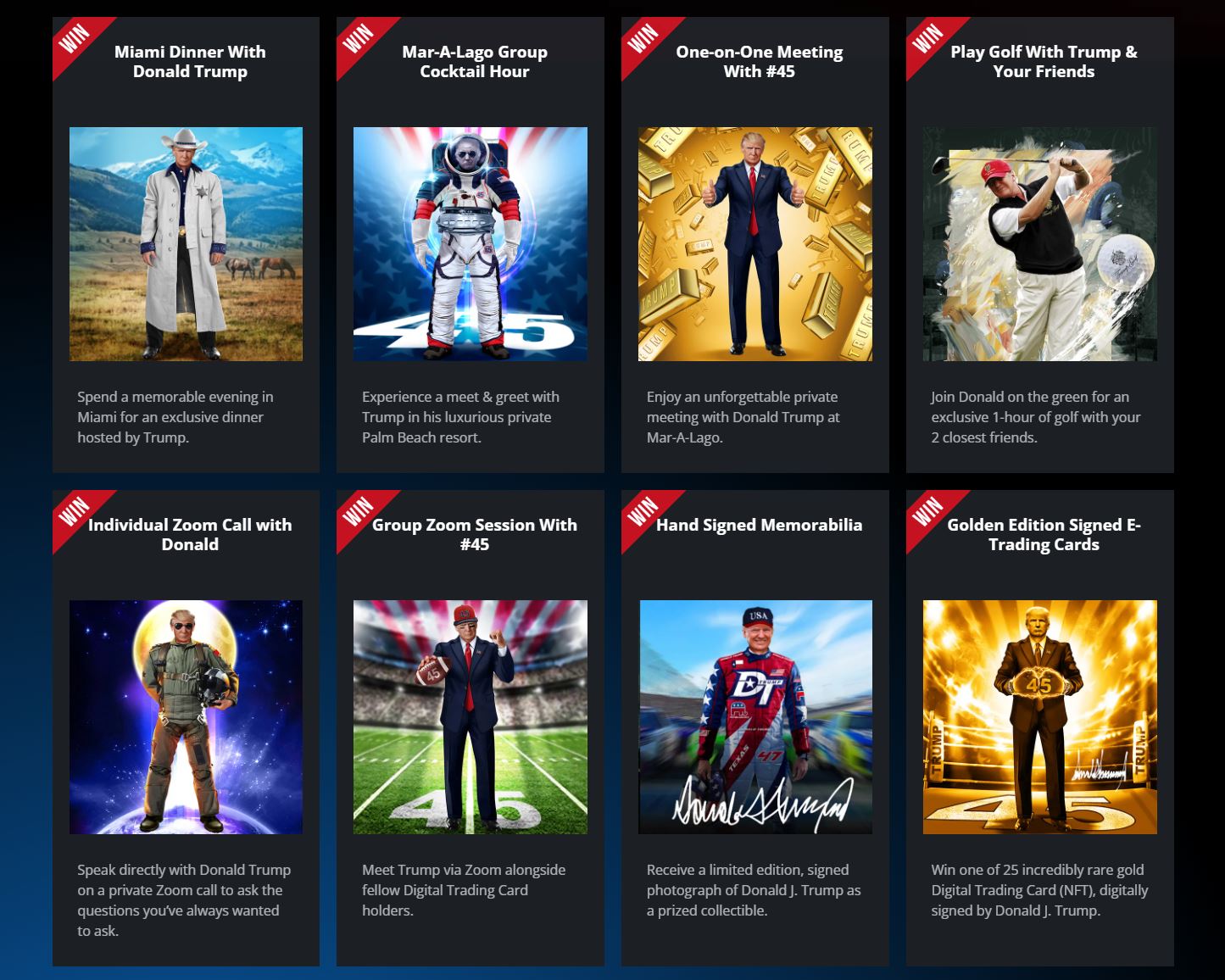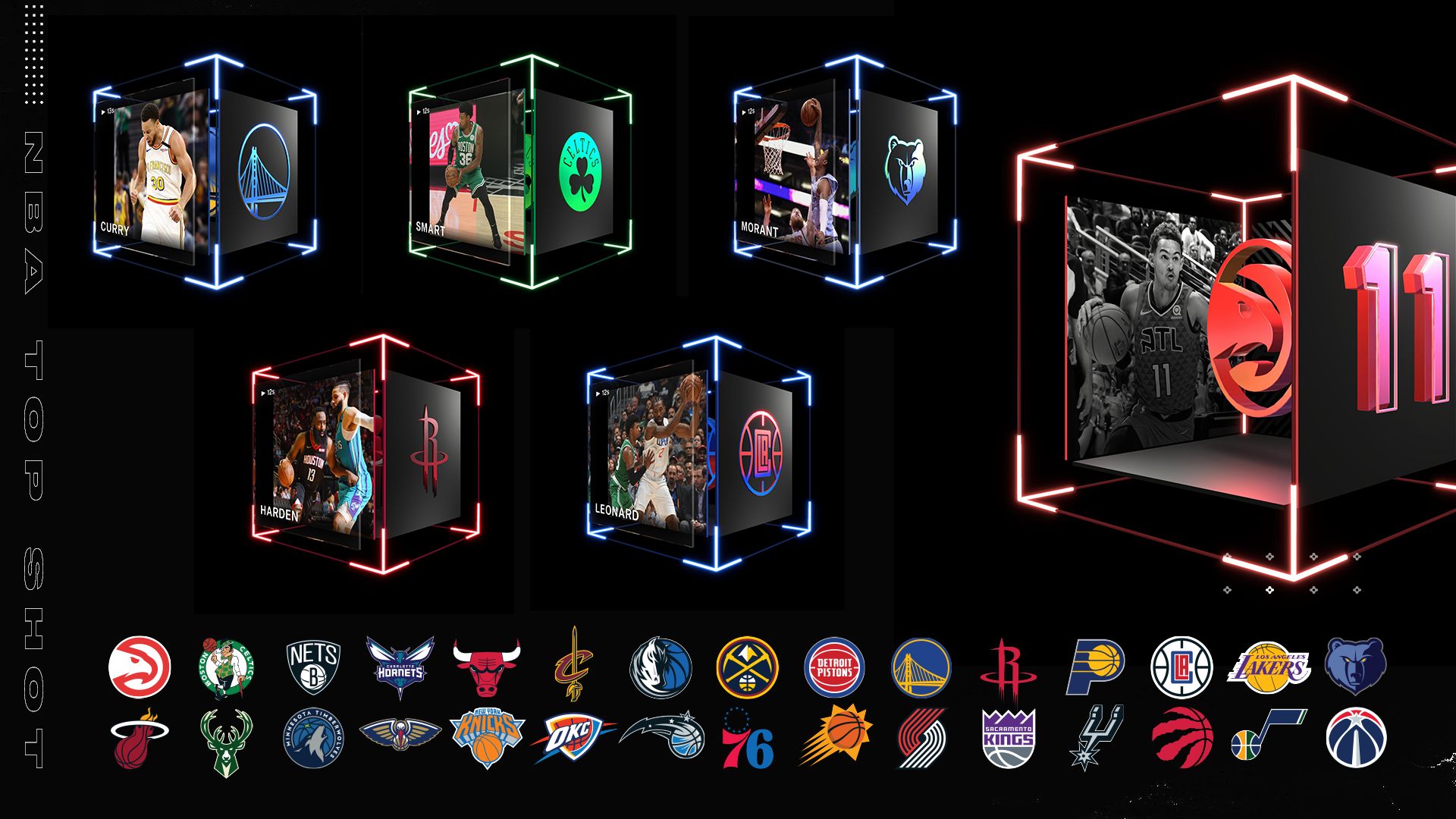Introduction
Blockchain technology has been revolutionizing various industries, and one of the innovative applications of this technology is blockchain cards. These digital collectibles have gained immense popularity in recent years, offering a unique and secure way of owning and trading virtual assets.
Blockchain cards, also known as crypto cards or NFT cards (non-fungible token cards), are digital representations of collectible items, typically created using blockchain technology. Each card is unique and can have its own attributes, rarity, and value. These cards are stored on a blockchain, which provides a transparent and decentralized ledger that ensures the authenticity and provenance of each card.
Unlike traditional physical trading cards, blockchain cards exist solely in the digital realm. They can be owned, bought, sold, and traded just like physical cards, but their digital nature allows for instant and global transactions. Moreover, the use of blockchain technology eliminates the risk of counterfeiting or tampering, providing users with increased security and confidence in the authenticity of their collectibles.
Blockchain cards are not limited to a single genre or theme. They can represent various types of assets, including characters from popular franchises, virtual pets, artwork, sports memorabilia, and more. Each card can have its own set of attributes or abilities, making them not only collectible but also playable in certain blockchain card games.
The market for blockchain cards has seen significant growth, fueled by the increasing interest in cryptocurrencies and blockchain technology. Collectors and enthusiasts are drawn to the unique and scarce nature of these digital assets, as well as the potential for investment and the thrill of trading. Blockchain card games have emerged as a popular platform for collecting and playing with these cards, creating vibrant communities and competitive ecosystems.
In this article, we will explore how blockchain cards work, the benefits of using them, the types of blockchain cards available, how to acquire them, popular blockchain card games, tips for collecting and trading, and the future outlook for this exciting digital collectibles market.
How Blockchain Cards Work
Blockchain cards utilize the underlying technology of blockchain to provide a secure and transparent system for owning, trading, and verifying digital collectibles. Here’s a simplified explanation of how blockchain cards work:
- Tokenization: Each blockchain card is tokenized, meaning it is represented as a unique digital token on the blockchain. The token contains metadata and attributes that define the card’s properties, such as its name, artwork, rarity, and any special abilities it may have. Tokenization ensures that each card is easily identifiable and verifiable.
- Decentralized Ledger: Blockchain cards are recorded on a decentralized ledger, which is a distributed network of computers (nodes) that maintain a copy of the blockchain. This ledger ensures that the ownership and transaction history of each card are transparent and tamper-proof.
- Smart Contracts: Smart contracts, which are self-executing agreements written in code, are an integral part of blockchain cards. These contracts govern the ownership, transfer, and interactions of the cards. They automatically execute predefined actions when certain conditions are met, such as transferring ownership or triggering special abilities.
- Ownership and Transfers: Each blockchain card is associated with a unique digital wallet address. The ownership of a card is determined by who holds the private key to that wallet address. When a card is transferred from one person to another, a transaction is recorded on the blockchain, updating the ownership records accordingly.
- Verification and Authenticity: Due to the transparent nature of the blockchain, the authenticity and provenance of each blockchain card can be easily verified. Users can independently track the ownership history and ensure that the card they own or are trading is not a counterfeit or duplicate.
It’s important to note that the underlying blockchain technology can vary depending on the platform hosting the blockchain cards. Ethereum is a popular choice, as it allows for the creation and implementation of smart contracts, but other blockchains such as Binance Smart Chain and Flow are also emerging as viable options for blockchain-based collectibles.
Overall, blockchain cards leverage the advantages of blockchain technology to provide a transparent, secure, and verifiable system for owning, trading, and interacting with digital collectibles. Whether you’re a collector, player, or investor, blockchain cards offer exciting opportunities in the world of digital assets.
Benefits of Using Blockchain Cards
Blockchain cards offer a range of benefits compared to traditional physical collectibles and even other digital assets. Here are some key advantages of using blockchain cards:
- Authenticity and Ownership: With blockchain technology, the authenticity and ownership of each card can be easily verified. The transparent and immutable nature of the blockchain ensures that counterfeit or duplicated cards are easily identified, providing collectors with increased confidence in the authenticity of their digital assets.
- Security and Trust: Blockchain cards provide enhanced security through the use of cryptographic technology. Ownership records are securely stored and transactions are tamper-proof, eliminating the risk of fraud or manipulation in the trading process. This level of trust and security attracts collectors and investors to the blockchain card market.
- Global Accessibility: Unlike physical collectibles that are limited by geographical boundaries, blockchain cards can be accessed and traded globally. The digital nature of these assets allows for instant and borderless transactions, providing collectors with a broader market and more opportunities to buy, sell, and trade their cards.
- Scarcity and Rarity: Each blockchain card is unique and can have its own rarity level, making the collection and trading process more exciting for enthusiasts. The scarcity of certain cards increases their value and can drive up demand, creating a dynamic and competitive market for collectors.
- Playability and Interoperability: Many blockchain cards are designed to be playable in virtual card games, adding an interactive element to the collecting experience. These cards can have special abilities or attributes that impact gameplay, allowing users to not only collect but also utilize their cards in strategic gameplay against other players. Additionally, interoperability between different blockchain card games and platforms enables users to trade their cards across various ecosystems.
- Potential for Investment: The blockchain card market has seen significant growth in value, with some rare cards fetching high prices in the secondary market. This presents an opportunity for collectors and investors to potentially earn a return on their investment if they acquire valuable or sought-after cards.
Blockchain cards combine the thrill of collecting and trading with the benefits of blockchain technology. Whether you’re a collector looking for authentic and unique digital assets, a player seeking interactive card game experiences, or an investor exploring new opportunities in the digital asset market, blockchain cards offer a modern and secure way to engage with the world of collectibles.
Types of Blockchain Cards
Blockchain cards encompass a wide range of themes and genres, catering to diverse interests and preferences. Here are some common types of blockchain cards:
- Character Cards: These cards feature characters from popular franchises, such as movies, TV shows, video games, and comics. Collectors can own their favorite characters as unique digital assets, with each card often having its own rarity, attributes, and artwork.
- Art Cards: Art enthusiasts can indulge in collecting blockchain art cards. These cards showcase digital artwork created by talented artists and can range from abstract designs to intricate illustrations. Owning an art card not only provides a visually appealing collectible but also supports the artists behind the work.
- Sports Cards: Sports fans can engage in collecting blockchain sports cards, which highlight athletes from various sports disciplines. These cards can feature players’ statistics, achievements, and iconic moments, creating a unique and collectible representation of sports history.
- Vintage Cards: Blockchain technology also allows for the digitization of vintage or retro trading cards. Collectors can own digital replicas of classic trading cards from past eras, preserving nostalgia and rarity in the digital realm.
- Virtual Pet Cards: Virtual pet cards offer a unique interactive experience. Owners can care for and train their digital pets, which can evolve and have distinct characteristics and abilities. These cards provide a fusion of collectible and gaming elements.
- Collectible Cards with Utility: Some blockchain cards serve a dual purpose, functioning both as collectibles and utility tokens within specific platforms or games. These cards can grant access to exclusive content, special events, or enhanced functionalities, adding value and utility beyond traditional collectibles.
These are just a few examples of the types of blockchain cards available in the market. The flexibility of blockchain technology allows for the creation of various card types, ensuring that there is something for every collector and enthusiast.
It’s essential to note that different blockchain card projects may have their unique features, rarity systems, or mechanics. Exploring the wide variety of blockchain card offerings can be an exciting journey for collectors, with the potential to discover new passions and engage with digital assets in innovative ways.
How to Get Blockchain Cards
Acquiring blockchain cards can be an exciting and rewarding experience. Here are some common methods to get your hands on these digital collectibles:
- Marketplaces: Online marketplaces dedicated to blockchain cards, such as OpenSea, Rarible, and NBA Top Shot, are popular platforms to buy and sell digital collectibles. These marketplaces provide a wide variety of cards from different projects, allowing collectors to explore and purchase cards that align with their interests.
- Official Websites and Drops: Many blockchain card projects have official websites where they release their cards through limited-time drops or auctions. By following these projects and staying updated with their announcements, collectors can participate in these events to acquire exclusive and limited edition cards.
- Pack Opening: Some blockchain card projects offer packs that contain a randomized selection of cards. Collectors can purchase these packs and open them to discover the cards inside. This simulates the excitement of opening physical card packs and adds an element of surprise to the collecting experience.
- Participating in Card Games: Blockchain card games often provide opportunities for players to earn or obtain cards through in-game activities. By participating in tournaments, completing quests, or trading with other players, collectors can expand their card collection and strengthen their gameplay strategies at the same time.
- Community Giveaways and Events: Engaging with the blockchain card community on social media or dedicated forums may present opportunities to participate in giveaways or events where cards are awarded to participants. These community-driven initiatives offer a chance to acquire cards through participation and interactions within the community.
When acquiring blockchain cards, it’s essential to conduct due diligence and research the projects, marketplaces, or individuals involved. Ensure that the platform or marketplace is reputable, and the cards you are purchasing are genuine and verifiable on the blockchain.
Additionally, consider the rarity, attributes, and potential future value of the cards you are interested in. Certain cards may become more valuable over time or have desirable attributes that make them highly sought after by collectors.
The process of acquiring blockchain cards is continuously evolving as new projects and platforms emerge. As a collector, staying informed about the latest trends, releases, and community discussions can help you navigate the landscape and enhance your collecting journey.
Popular Blockchain Card Games
Blockchain card games combine the excitement of collecting blockchain cards with the strategic gameplay elements of traditional card games. Here are some popular blockchain card games that have gained significant traction in the market:
- Axie Infinity: Axie Infinity is a blockchain-based game that combines elements of pet collection, breeding, battling, and trading. Players can collect and breed cute creatures called Axies, each with its own unique traits and abilities. Axies can be used to battle against other players, earn rewards, and be traded on the marketplace.
- Gods Unchained: Gods Unchained is a digital collectible card game that takes place in a fantasy world. Players can collect and trade cards representing powerful gods, mythical creatures, and magical spells. These cards can be used in competitive matches against other players, and each card’s ownership and scarcity are recorded on the Ethereum blockchain.
- CryptoKitties: CryptoKitties is a game where players can collect, breed, and trade virtual cats. Each cat is represented as a unique non-fungible token on the Ethereum blockchain, with its own distinct characteristics and traits. The breeding process allows for the creation of new and rare cat breeds, which can be traded on the marketplace.
- Splinterlands: Splinterlands is a collectible card game that features battles between fantasy creatures. Players can assemble a unique deck of cards, each representing a creature from a specific summoner’s faction. The cards have different abilities and attributes that can be strategically utilized in battles against other players. Splinterlands has a vibrant community and offers various tournaments and rewards for players.
- The Sandbox: The Sandbox is a virtual world where players can create, own, and monetize their virtual experiences and assets. As part of the ecosystem, The Sandbox has introduced blockchain cards representing in-game assets and characters. These cards can be collected, used in the game’s marketplace, and traded with other players.
These popular blockchain card games showcase the potential for combining collectibility and gameplay within a decentralized and secure environment. They offer players the opportunity to not only collect and showcase their digital assets but also engage in competitive gameplay, earn rewards, and participate in vibrant communities.
It’s important to note that the blockchain card game landscape is continuously evolving, with new games entering the market and existing games introducing innovative features. Exploring these games and finding ones that resonate with your interests and gameplay preferences can lead to an immersive and rewarding gaming experience.
Tips for Collecting and Trading Blockchain Cards
Collecting and trading blockchain cards can be a thrilling and rewarding experience. Here are some tips to help you make the most out of your blockchain card collecting and trading endeavors:
- Do Your Research: Before diving into the world of blockchain card collecting, take the time to research different projects, card attributes, and their potential value. Stay updated on the latest news, trends, and announcements in the blockchain card community. Knowledge is crucial in making informed decisions about which cards to collect or trade.
- Understand Rarity and Scarcity: Familiarize yourself with the rarity and scarcity factors of different cards. Cards with limited availability or unique attributes tend to hold greater value in the market. Collecting rare and sought-after cards can be a rewarding investment and may offer opportunities for higher returns in the future.
- Participate in Early Releases: Keep an eye out for early releases or limited-time drops of blockchain cards. These initial releases often include highly coveted cards that can appreciate in value over time. Participating early can give you access to exclusive cards and potentially more affordable prices.
- Diversify Your Collection: Consider collecting cards from different projects and genres. Diversifying your collection not only adds variety but also spreads the risk. Supporting multiple projects and owning cards from different themes can provide a well-rounded collection and increase your chances of capturing market trends.
- Engage in Community: Join communities, forums, and social media groups dedicated to blockchain card collecting and trading. Engaging with fellow collectors and enthusiasts can provide valuable insights, trading opportunities, and an enriched experience. Learn from others, share your knowledge and experiences, and collaborate to expand your network.
- Track Marketplace Trends: Regularly monitor the blockchain card marketplace to track trends, prices, and trading volumes. By observing market dynamics, you can identify potential buying or selling opportunities. Stay attentive to the demand for specific cards or themes and understand the factors driving their value in the marketplace.
- Keep Your Digital Wallet Secure: Ensure the security of your digital wallet that holds your blockchain cards. Use strong, unique passwords and enable multi-factor authentication to protect your assets. Be cautious of phishing attempts and only access your wallet through official and trusted channels.
- Consider Long-Term Value: While some blockchain cards may provide short-term trading opportunities, also consider their long-term value and potential growth. Look for cards from reputable projects with an active and dedicated community. Cards that have utility outside of pure collectibility can have the potential for sustained value appreciation.
Remember, collecting and trading blockchain cards should be an enjoyable experience. Immerse yourself in the world of digital collectibles, connect with other enthusiasts, and continuously expand your knowledge and understanding of the evolving blockchain card market.
Future of Blockchain Cards
The future of blockchain cards holds immense potential as the technology continues to evolve and gain wider adoption. Here are some key aspects that indicate the promising future of blockchain cards:
- Integration with Virtual Reality (VR) and Augmented Reality (AR): The integration of blockchain cards with VR and AR technologies can further enhance the collecting and trading experience. Imagine being able to view and interact with your digital cards in a virtual or augmented environment, bringing them to life in immersive and dynamic ways.
- Interoperability and Cross-Platform Trading: As blockchain card ecosystems grow, we can expect increased interoperability between different platforms and games. This would enable collectors to trade their cards seamlessly across multiple ecosystems, expanding the possibilities for acquiring and exchanging cards.
- Enhanced Utility and Gameplay: The future of blockchain cards will likely see more innovative gameplay features, allowing for more engaging and interactive experiences. Cards may become more than just collectibles, with deeper in-game interactions, rewards, and utility, giving players even more reasons to collect and trade.
- Integration with DeFi and Staking: We may see the integration of blockchain cards with decentralized finance (DeFi) protocols and staking mechanisms. This could allow cardholders to earn passive income or rewards by staking their cards in liquidity pools or participating in card-based DeFi projects.
- Expanding Use Cases: While gaming and collectibles are the prominent use cases for blockchain cards, the future holds possibilities for broader applications. We may see blockchain cards being used in digital identity systems, ticketing, or even as proof of ownership for physical assets, offering secure and verifiable ownership records.
- Increased Mainstream Adoption: As awareness and understanding of blockchain technology continue to grow, we can anticipate increased mainstream adoption of blockchain cards. More collectors, investors, and players from various demographics and industries may join the blockchain card market, adding vitality and expanding the user base.
- Sustainable and Eco-Friendly Solutions: With rising concerns about the environmental impact of blockchain technology, future developments may focus on implementing more sustainable and eco-friendly solutions. This could involve the use of more energy-efficient consensus mechanisms or carbon-offset initiatives to mitigate the environmental footprint of blockchain card transactions.
The future of blockchain cards holds exciting prospects for collectors, gamers, and enthusiasts alike. As technology advances and the market matures, we can expect to see more innovative features, expanded use cases, and a wider range of opportunities to engage with digital collectibles.
As with any emerging technology, the future of blockchain cards will be shaped by the collective efforts of developers, communities, and users. By embracing new possibilities and actively participating in the evolution of blockchain cards, we can help shape a vibrant and inclusive digital collectibles ecosystem.
Conclusion
Blockchain cards have emerged as a fascinating and innovative way to collect, trade, and interact with digital assets. Leveraging the power of blockchain technology, these cards offer enhanced security, transparency, and ownership verification compared to traditional collectibles. Whether you’re a collector looking for unique digital assets, a player seeking interactive gaming experiences, or an investor exploring new opportunities, blockchain cards provide a modern and secure way to engage with digital collectibles.
The future of blockchain cards looks promising, with potential advancements in virtual reality integration, interoperability between platforms, enhanced gameplay features, and expanding use cases. As awareness and adoption of blockchain technology continue to grow, the market for blockchain cards is poised for significant expansion and mainstream adoption.
As you embark on your blockchain card collecting and trading journey, remember to do the necessary research, diversify your collection, engage with the community, and stay informed about market trends. Always prioritize the security of your digital wallet and be cautious of scams or fraudulent activities.
Blockchain cards offer a unique blend of collectibility, playability, and investment potential. Whether you’re captivated by the world of characters, artwork, virtual pets, or sports memorabilia, there is a blockchain card waiting to be discovered and collected.
So, jump into the world of blockchain cards, explore the vast array of projects and themes, connect with fellow enthusiasts, and experience the thrill of owning and trading these digital collectibles. Embrace the future of blockchain cards and become a part of this exciting and evolving ecosystem.







